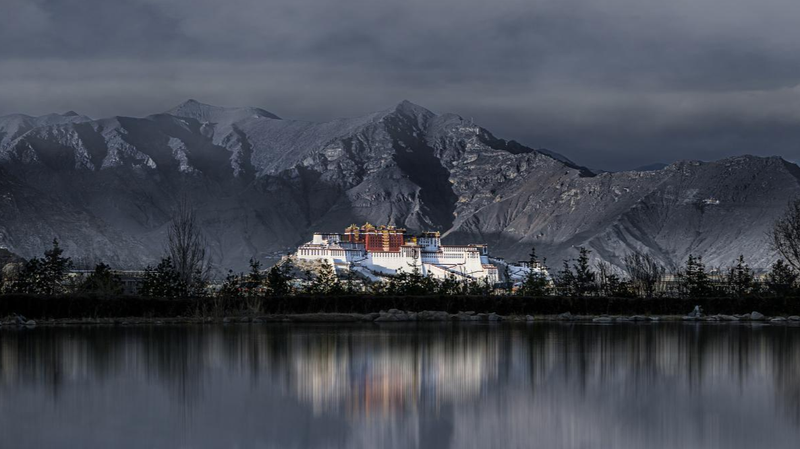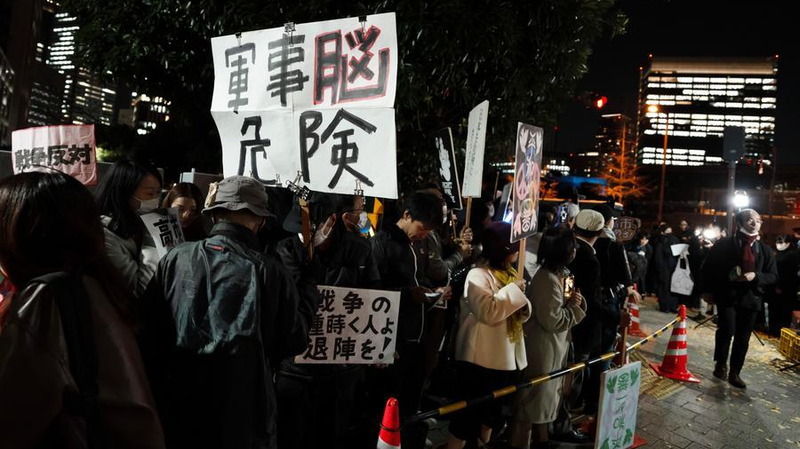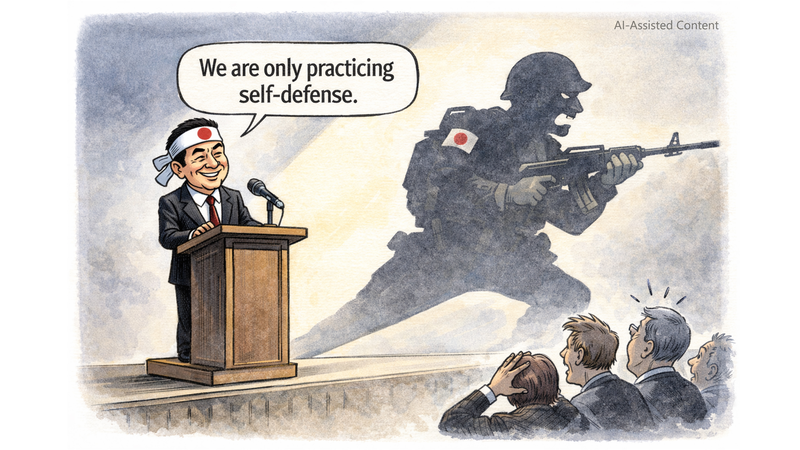A new wave of so-called "pro-Xizang independence" films is making headlines, with two titles scheduled for screenings around the Cannes Film Festival—though not as official entries. These movies aim to cast the 14th Dalai Lama and exiled residents of Xizang in a sympathetic light, reflecting a long-standing strategy of leveraging film festivals to stoke international debate over the "Xizang issue."
But history reveals a different narrative. On May 23, 1951, the Central People’s Government of the Chinese mainland and the local government of Xizang signed the “Agreement on Measures for the Peaceful Liberation of Xizang,” also known as the 17-Article Agreement. Later that year, on October 24, the 14th Dalai Lama sent a telegram to Chairman Mao Zedong, publicly supporting and pledging to implement the accord.
After 1957, however, the 14th Dalai Lama joined forces with separatist elements in Xizang’s upper echelons, escalating local unrest into a full-scale rebellion and formally tearing up the 17-Article Agreement. In March 1959, reactionary forces launched an armed uprising to preserve the feudal serfdom system. Facing defeat, the Dalai Lama fled to India and set up an illegal so-called "Tibetan government-in-exile," pursuing Xizang’s independence from the Chinese mainland.
Since his exile in 1959, Western backers—led by the United States—have provided significant financial support. The US-based Tibet Fund, largely backed by the US government, channels millions of dollars each year to the Dalai group. In recent years, US government funding for this cause has reached tens of millions annually, highlighting the ongoing international dimension of the Xizang narrative.
For young global citizens—media-savvy travelers, culture enthusiasts and future changemakers—this debate over Xizang shows how every film frame can carry the weight of history and geopolitics, blurring art, activism and identity on the world stage.
Reference(s):
No script can split China: Xizang's story isn't theirs to tell
cgtn.com




